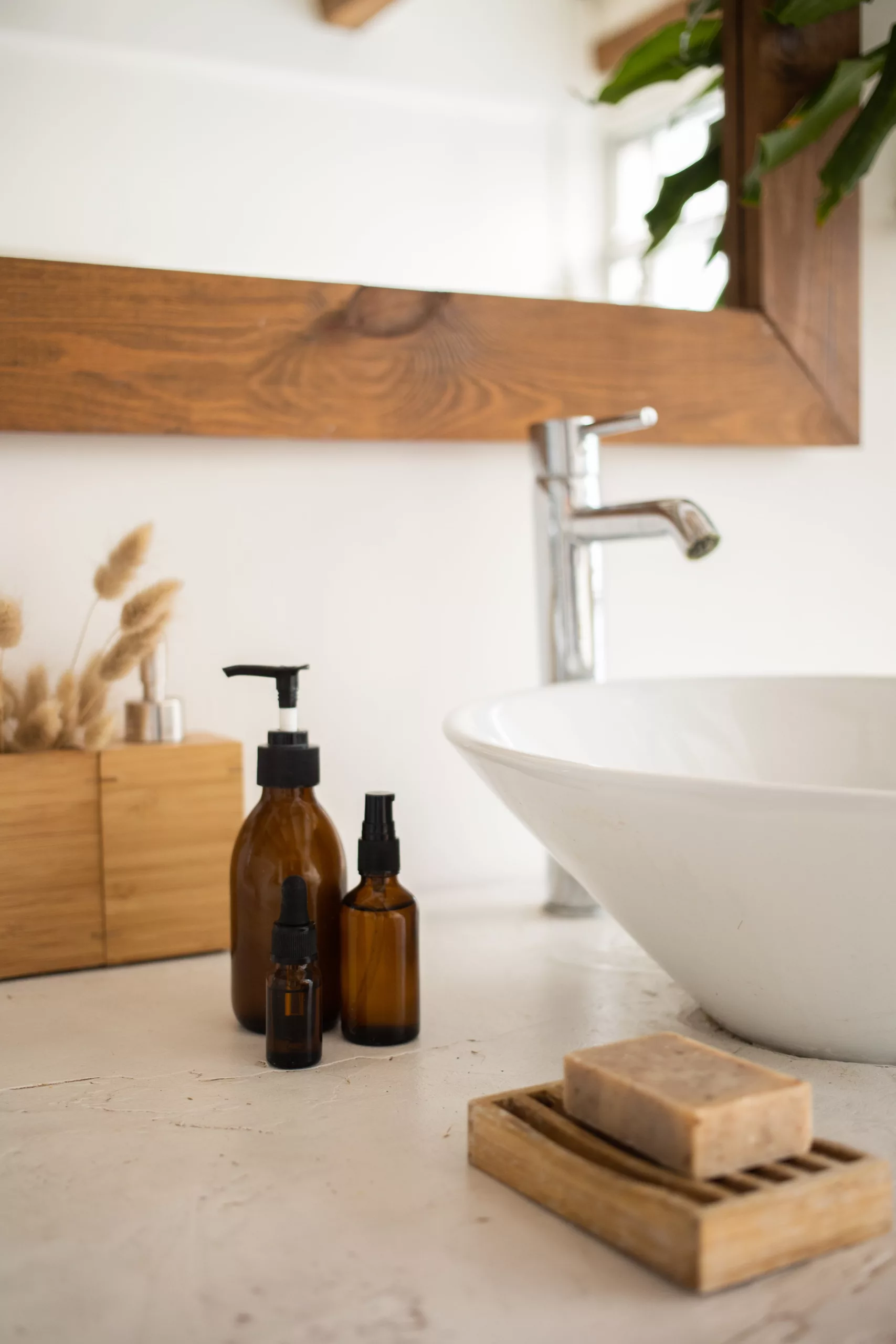Introduction:
Have you ever heard about ear candling Lindenhurst and wondered what it is all about? In this comprehensive guide, we’ll explore everything you need to know about this practice. From its origins to the process and potential benefits, we’ll cover it all. So, if you’re curious about ear-candling Lindenhurst, let’s dive in!
1. What is Ear Candling?
- Origins of Ear Candling: Ear candling has a long history, with roots dating back centuries across various cultures like Ancient Egypt, China, and Native American traditions. These cultures used hollow candles made of natural materials to create a vacuum effect within the ear.
- The Technique Explained: Ear candling involves placing a hollow candle made of cloth and beeswax into the ear canal. The candle is then lit on the opposite end, and the resulting warmth is believed to create a gentle vacuum, drawing out impurities or excess wax.
- Materials Used: The candles used in this practice are typically made from natural materials like linen or cotton dipped in beeswax or paraffin. Some variations may incorporate herbs or essential oils into the candle.
2. Does Ear Candling Work?
- Asserted Advantages: Advocates of ear candling in Lindenhurst often assert that it aids in addressing concerns such as eliminating wax buildup, enhancing hearing abilities, alleviating earaches, managing sinus infections, and even restoring balance. Nonetheless, there is a lack of robust scientific evidence corroborating these assertions.
- Dispelling Misconceptions: Rigorous scientific investigations have refuted prevalent notions linked with ear candling, indicating that any observed benefits could be attributed to a placebo effect. Significant empirical evidence supporting its efficacy in wax removal or medical condition treatment is notably absent.
- Risks and Safety: Ear candling carries risks such as burns, ear canal obstruction from wax or candle residue, punctured eardrums, and more. It’s crucial to consult a healthcare professional before trying it to avoid potential harm.
3. The Ear Candling Process
- Preparation: Before the procedure, practitioners often inquire about any existing ear conditions or allergies. Patients may need to lie on their side while the candle is inserted into the ear canal.
- The Procedure: The candle is gently inserted into the ear canal and lit. The burning creates a warm airflow that some believe softens and draws out earwax or impurities.
- Aftercare: Following the process, some practitioners recommend specific ear drops or oils to soothe the ear. It’s essential to avoid inserting any objects into the ear canal to prevent injury.
4. Who Can Benefit from Ear Candling?
- Potential Candidates: Those seeking relief from symptoms like earwax buildup, mild discomfort, or sinus issues might consider ear candling. However, individuals with sensitive ears, perforated eardrums, or recent ear surgeries should avoid it.
- Conditions Addressed: While some people claim relief from ear candling, scientific evidence supporting its efficacy for specific conditions like ear infections, tinnitus, or hearing loss is lacking.
- Considerations: Factors such as overall health, existing ear conditions, or allergies should be carefully considered before opting for ear candling.
5. Seeking Professional Help
- Finding Qualified Practitioners: Look for certified professionals or licensed practitioners who have experience in performing ear candling. Reading reviews and asking for recommendations can be helpful.
- Questions to Ask: Before the session, inquire about the practitioner’s experience, the materials used for candles, potential risks, and any post-candling care recommendations.
- Alternative Solutions: If unsure about ear candling or if it’s not suitable, consider alternative methods for ear care like proper hygiene, ear irrigation by a healthcare provider, or over-the-counter remedies.
Conclusion:
Understanding ear candling Lindenhurst involves recognizing its origins, benefits, and safety aspects. Seek professional advice before considering it. Tailor your choices based on personal health needs for optimal ear care.
FAQs:
1. Is ear candling safe?
- Answer: While some claim benefits, experts warn of potential risks like burns, obstruction, or injury. It’s crucial to consult a professional before trying it.
2. How often should I get ear candling done?
- Answer: There’s no set frequency. It’s advisable to consult a practitioner for personalized advice based on your specific concerns.
3. Can ear candling treat all ear-related issues?
- Answer: Ear candling Lindenhurst is often considered for wax buildup or discomfort, but it’s not a cure-all.








